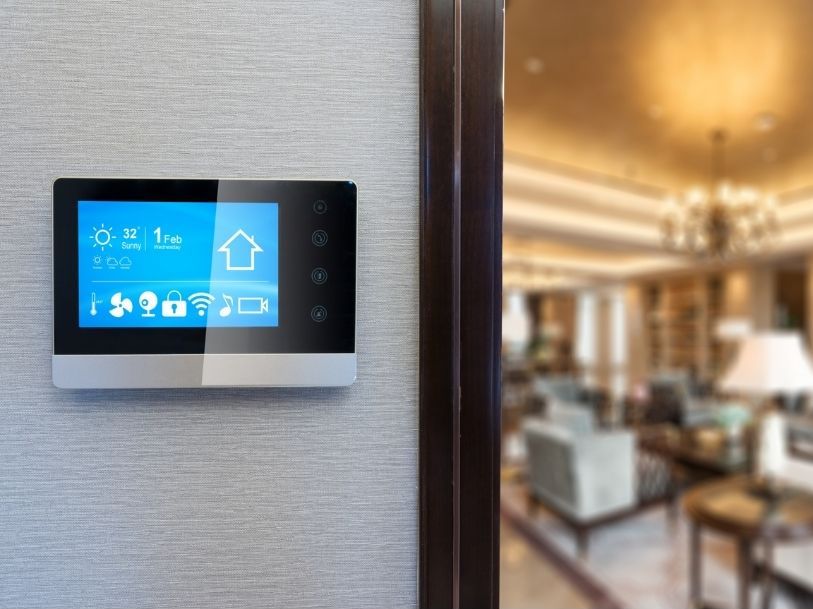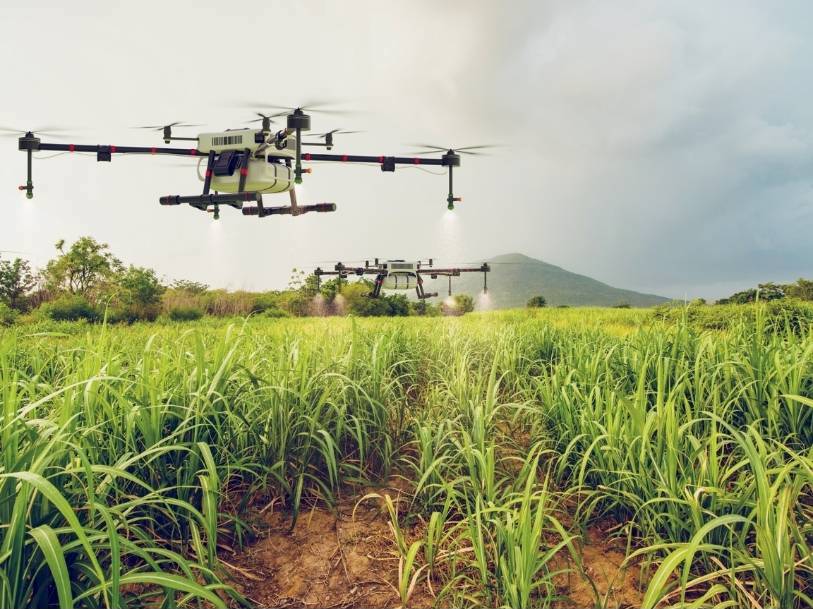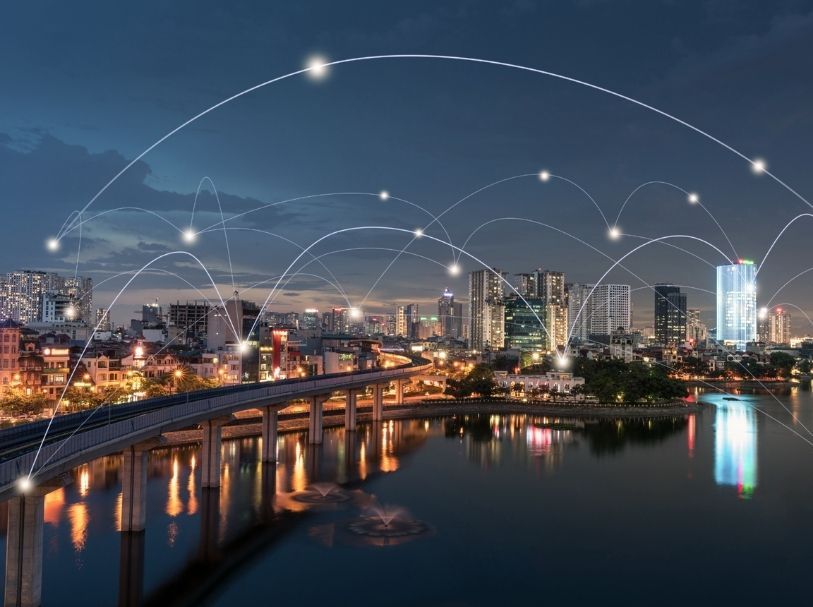🚨 The Challenge
- Required real-time air quality data across 100+ urban locations (parks, schools, intersections)
- Devices from different vendors with inconsistent data formats
- No central visibility or alert system for pollution spikes
- Manual data reporting, which delayed public communication
- Needed to comply with national air quality standards and offer open data access
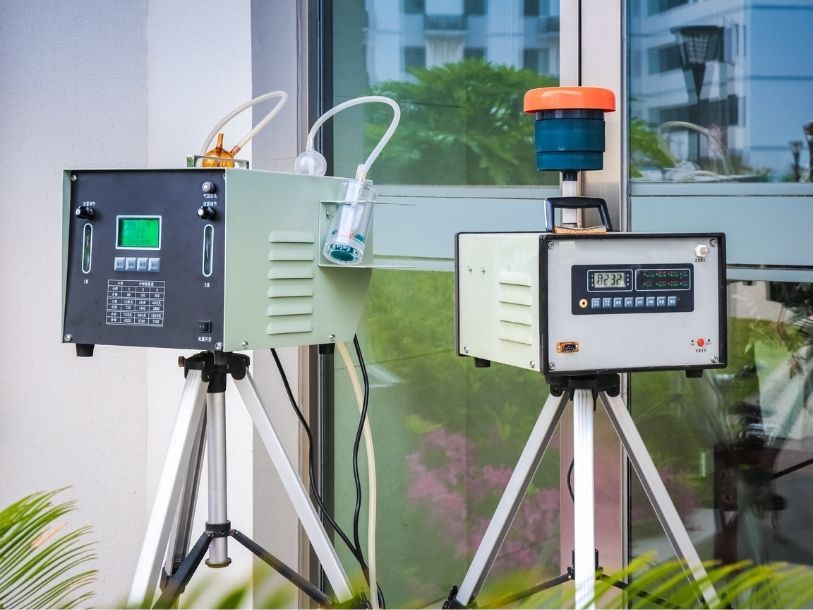
💡 The Wavefuel Solution
✅ 1. Multi-Vendor Device Integration
Wavefuel connected all sensors—CO₂, PM2.5, PM10, VOC, temperature, humidity—using HTTP, MQTT, and LoRaWAN bridges, enabling a consistent and real-time data stream.
✅ 2. Halo Dashboards for Public & Admins
Two sets of dashboards were created using Halo:
- Admin view for system health, raw data, alerts
- Public view with real-time AQI scores, charts, and forecasts—embedded on the city’s website
✅ 3. Rule Engine for Environmental Alerts
Automated rules included:
- SMS/Email alerts to local officials when PM2.5 exceeds 150
- Triggering roadside digital signage to display “Poor Air Quality”
- Generating automatic daily AQI reports and summaries
✅ 4. AI-Powered Insights for Policy Makers
Using Lighthouse AI, environment officers could query the platform in natural
language:
- “Show me top 5 polluted zones this week”
- “When did AQI last exceed 200 in school zones?”
- “Generate a pollution heatmap for last 30 days”
✅ 5. APIs for Open Data Access
Wavefuel’s open API allowed data sharing with weather apps, researchers, and citizen engagement portals.
📈 The Result
- 🌫️ 20+ pollution events detected early and responded to in real time
- 🌐 100% live coverage of targeted urban zones
- 🧠 Data-informed traffic and zoning policy changes by the city
- 📉 Reduced reporting time by 90%—from 12 hours to instant
- 🌱 Public trust increased through transparent dashboards and alerts
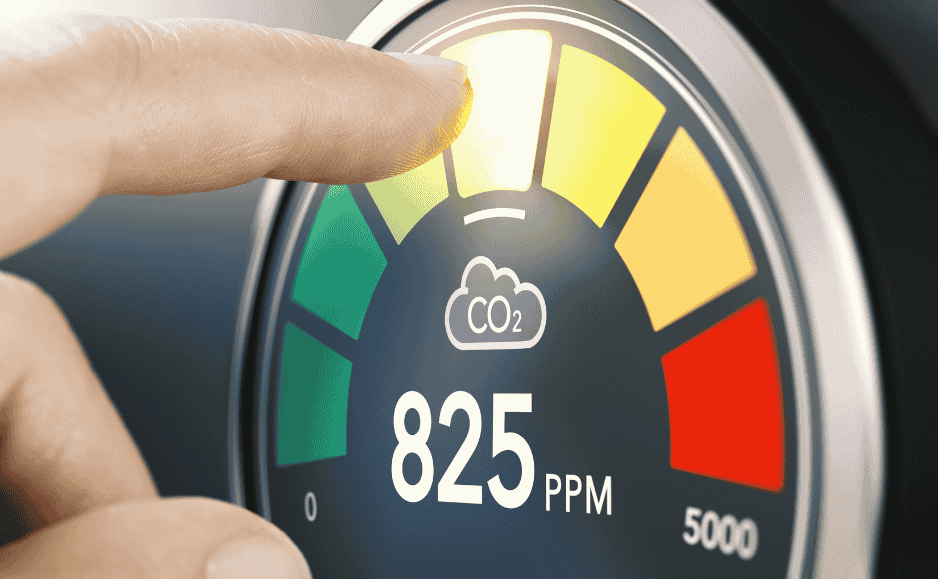
🧠 Key Features Used
- Protocol-agnostic device integration (HTTP, MQTT, LoRaWAN)
- Public & internal Halo dashboards
- Environmental alert automation via Rule Engine
- AI insights via Lighthouse
- Open API for third-party use and transparency

